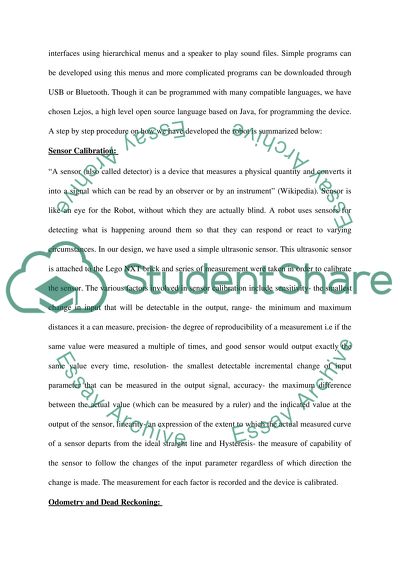Cite this document
(Applications of the Kalman Filter Algorithm to Robot Localisation Lab Report Example | Topics and Well Written Essays - 2250 words, n.d.)
Applications of the Kalman Filter Algorithm to Robot Localisation Lab Report Example | Topics and Well Written Essays - 2250 words. https://studentshare.org/logic-programming/1439532-robot-lab-report
Applications of the Kalman Filter Algorithm to Robot Localisation Lab Report Example | Topics and Well Written Essays - 2250 words. https://studentshare.org/logic-programming/1439532-robot-lab-report
(Applications of the Kalman Filter Algorithm to Robot Localisation Lab Report Example | Topics and Well Written Essays - 2250 Words)
Applications of the Kalman Filter Algorithm to Robot Localisation Lab Report Example | Topics and Well Written Essays - 2250 Words. https://studentshare.org/logic-programming/1439532-robot-lab-report.
Applications of the Kalman Filter Algorithm to Robot Localisation Lab Report Example | Topics and Well Written Essays - 2250 Words. https://studentshare.org/logic-programming/1439532-robot-lab-report.
“Applications of the Kalman Filter Algorithm to Robot Localisation Lab Report Example | Topics and Well Written Essays - 2250 Words”. https://studentshare.org/logic-programming/1439532-robot-lab-report.


